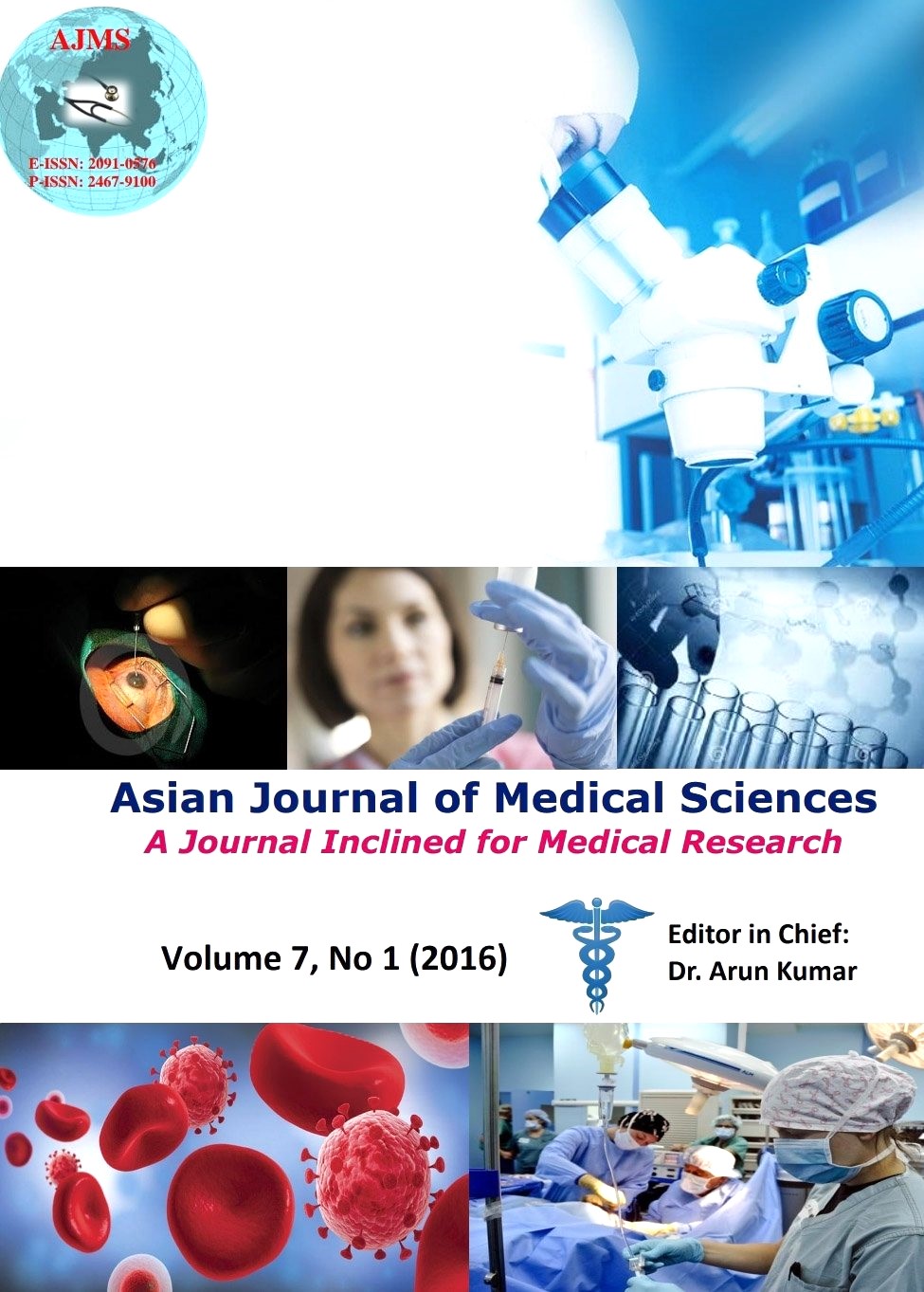Toxic and essential metals in placenta and its relation with lipid peroxides/glutathione status in pre-term and full-term deliveries
Keywords:
Pre-term birth, Placental tissue, Oxidative Stress, MetalsAbstract
Aims and Objectives: Pre-term birth is worldwide problem, little is known about oxidative stress in placental tissue due to metals exposure of women during pregnancy. To seek correlation between concentration of metals and redox status in placental tissue of women with pre-term delivery and compared with those of women with the full-term delivery.
Materials and Methods: A hospital based case–control study was conducted, total 80 pregnant women were selected for this study i.e., 30 females who delivered pre-term babies (gestational age <37 week) serve as study group and 50 females who delivered full term babies (gestational age > 37 week) serve as control group. Concentrations of metals lead (Pb), cadmium (Cd), iron (Fe), zinc (Zn), and (Cu), malondialdehyde (MDA) end product of lipid peroxidation and glutathione (GSH) were measured in placenta of study group and control group. Data were analyzed using Students t- test, chi square and linear regression.
Results: In preterm cases level of malondialdehyde (MDA) and metals (Cd and Pb) were significantly higher, while level of GSH and some metals (Fe, Zn and Cu) were significantly lower in pre-term cases when compared to full-term cases. There were significant positive correlations of placental metals (Pb and Cd) with MDA (p<0.05), suggests that metals might have influenced pre-term deliveries.
Conclusions: The results showed that elevated level of placental Cd and Pb induced oxidative stress which might implicate in pre-term deliveries and higher concentration of Zn and Cu may be concerned with the defence against oxidative stress in placental tissue of full-term cases.
Asian Journal of Medical Sciences Vol.7(1) 2015 34-39
Downloads
Downloads
Published
How to Cite
Issue
Section
License
Authors who publish with this journal agree to the following terms:
- The journal holds copyright and publishes the work under a Creative Commons CC-BY-NC license that permits use, distribution and reprduction in any medium, provided the original work is properly cited and is not used for commercial purposes. The journal should be recognised as the original publisher of this work.
- Authors are able to enter into separate, additional contractual arrangements for the non-exclusive distribution of the journal's published version of the work (e.g., post it to an institutional repository or publish it in a book), with an acknowledgement of its initial publication in this journal.
- Authors are permitted and encouraged to post their work online (e.g., in institutional repositories or on their website) prior to and during the submission process, as it can lead to productive exchanges, as well as earlier and greater citation of published work (See The Effect of Open Access).




